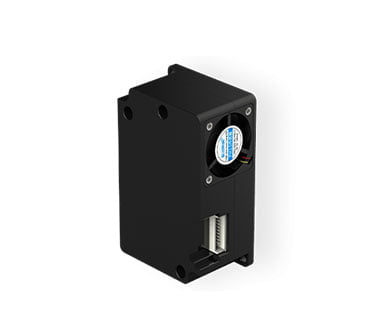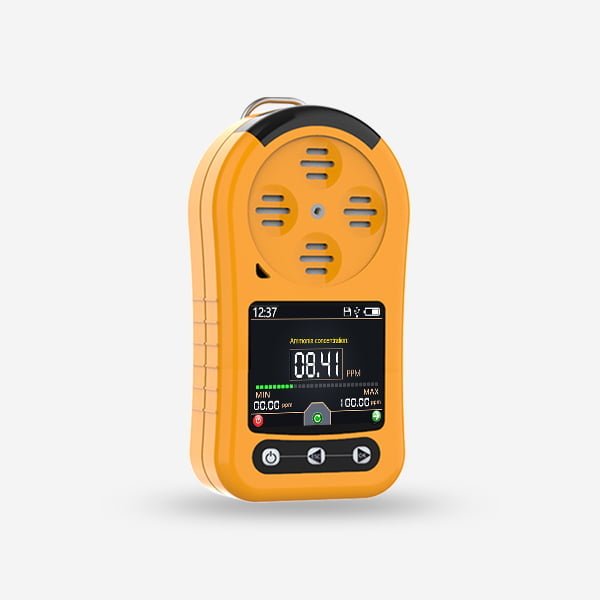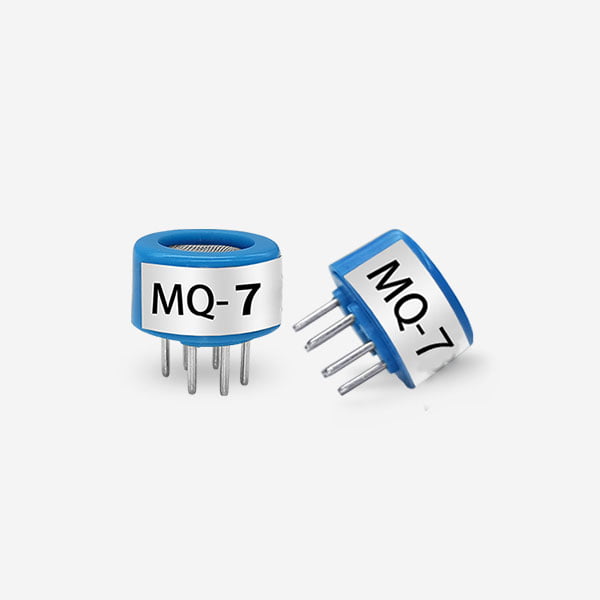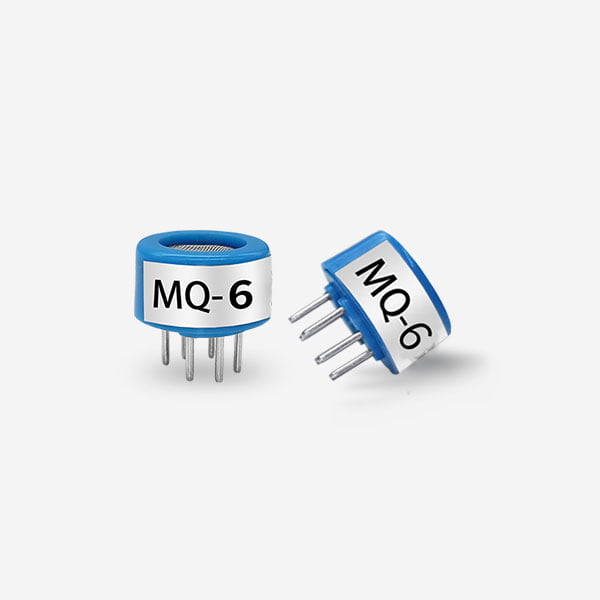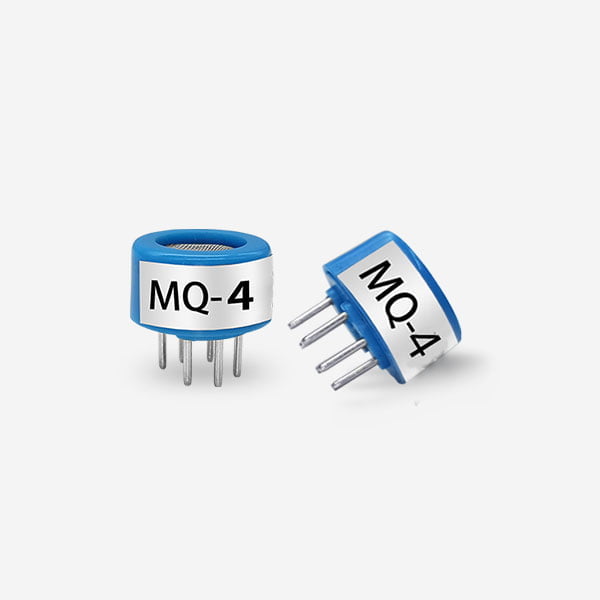What is Ozone sensor
The Ozone sensor, also known as the O3 sensor, is a type of gas sensor that is capable of monitoring and detecting levels of ozone in the atmosphere. Ozone is a naturally occurring gas.

The interaction of ultraviolet light with nitrogen oxide gas also forms ozone. Ozone is important to the Earth’s atmosphere because it helps to block harmful ultraviolet radiation from the sun, which is harmful to human beings. However, high levels of ozone can be harmful to humans and can cause respiratory problems.
Applications of O3 sensor
The O3 sensor is commonly used in environmental monitoring, air quality monitoring, and industrial process control.
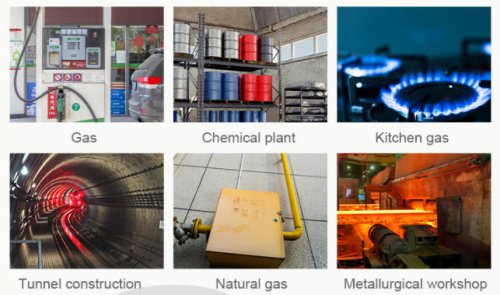
In environmental monitoring, Ozone are measure the level of ozone in the atmosphere and to assess the level of air pollution. In air quality monitoring, O3 sensors are monitor levels of ozone in ambient air and to ensure that levels are within safe limits. In industrial process control, O3 sensors are monitor levels of ozone in gas streams and to ensure that levels are within acceptable limits.
The working principle of an O3 sensor
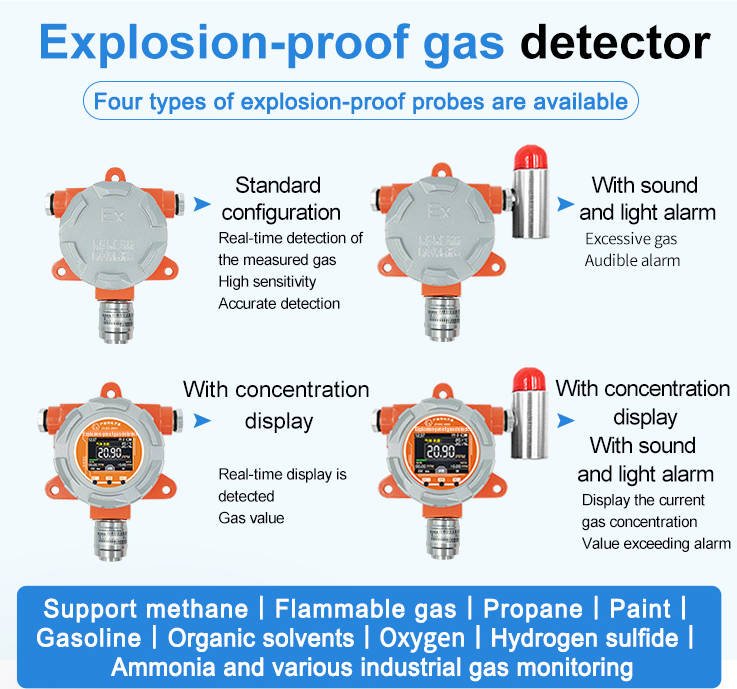
The working principle of an O3 sensor is based on the absorption of ultraviolet light by ozone gas. When ultraviolet light hits the O3 sensor, the gas absorbs some of the ultraviolet light, and the sensor responds by changing its resistance. The amount of UV light absorbed by the sensor is proportional to the amount of ozone gas present in the sensor’s surrounding air.
Types of O3 sensors
There are several types of O3 sensors available on the market, including electrochemical sensors, quartz crystal microbalance sensors, and metal oxide semiconductor sensors.
Each type of sensor has its own advantages and disadvantages, and different sensors are suitable for different applications. For example, electrochemical sensors are suitable for measuring low levels of ozone, but they are sensitive to changes in humidity and temperature. Quartz crystal microbalance sensors are suitable for measuring low levels of ozone and are highly accurate, but they are expensive and fragile. Metal oxide semiconductor sensors are suitable for measuring high levels of ozone, but they are sensitive to changes in humidity and temperature.
Conclusion
In conclusion, the O3 sensor is a type of gas sensor that is measure levels of ozone in the atmosphere. Ozone is important to the Earth’s atmosphere because it helps to block harmful ultraviolet radiation from the sun, but high levels of ozone can be harmful to humans. We use O3 sensors for environmental monitoring, air quality monitoring, and industrial process control. The working principle of an O3 sensor is based on the absorption of ultraviolet light by ozone gas, and there are several types of O3 sensors available on the market, each with its own advantages and disadvantages.
